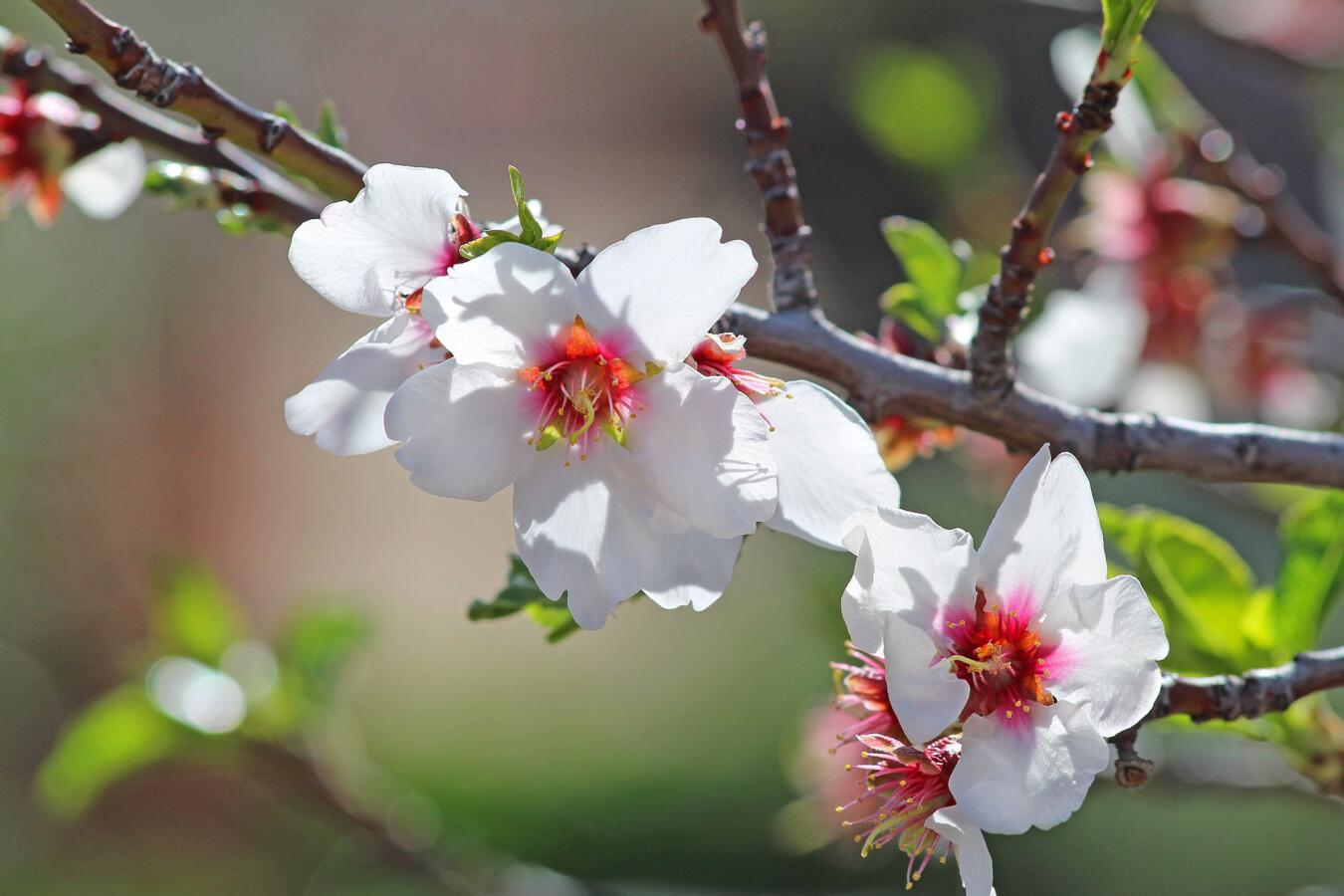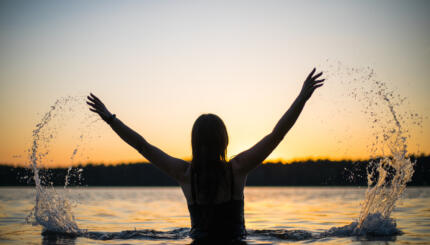Seharaneh (seh-ra-NEH) is a post-Passover festival traditionally celebrated by Jews from Kurdistan. Before mass migration to Israel, Kurdish Jews celebrated the conclusion of Passover by camping out for a multi-day festival that includes dancing, feasting, singing and long walks in nature. Preparations for the event began the night Passover ended.
The celebration was brought to Israel by the Kurdish Jews who made their home there. Since the 1950s, however, as a result of competition with Mimouna, a post-Passover feast originating in Morocco, Seharaneh has instead been celebrated after Sukkot.
Want to capture the spirit of Seharaneh at the end of Passover? Here are eight ways to do it.
With your help, My Jewish Learning can provide endless opportunities for learning, connection and discovery.
Take a Walk in Nature
The word Seharaneh likely shares an etymological link with the Kurdish word sayran meaning a picnic or walk in nature. Traditionally, Kurdish Jews went camping for this celebration. Since Passover falls at the beginning of spring, Seharaneh was held at a lovely time to enjoy the great outdoors. (In Kurdistan, flowering almond trees are a sure sign spring has arrived.) Get outside yourself — even if it’s a walk around the block to witness the blossoming spring trees.
Dress to the Nines
Kurdish clothes vary regionally, and traditional clothes worn by Jews look similar to both their Christian and Muslim neighbors. They incorporate vivid colors, as well as gold and silver jewelry worn for special occasions. Fancy clothes are a great way to usher in a sense of change as winter turns to spring. Let your sense of fashion blossom, just like the flowers do.
Listen to Kurdish Music
Singing is also an important component of Seharaneh. Artists like Ilana Eliya, Hadassa Yeshurun, Itzik Kala and Aynur Dogan sing gorgeous, classical Kurdish music (some shared by both Muslims and Jews) that sets the scene for any festival — give them a listen.
Read Kurdish Jewish Stories
Yona Sabar spent a lifetime collecting Jewish Kurdish folktales. Many impart wisdom and whimsy. Hear four folktales that told live as a joint event between My Jewish Learning and the American Sephardi Foundation.
Dance
Dance is a big part of Seharaneh. You can find videos of Kurdish dance moves via the Mizrahi Dance Archive or on YouTube. Give these moves a try!
Go Camping
Seharaneh was typically celebrated in an encampment complete with beautifully crafted tents and a toasty bonfire. Bring your friends or family with you.
Learn about Kurdish Jewish history
Starting with the Babylonian exile, the history of Kurdish Jews spans thousands of years. During this time, Kurdish Jews developed unique philosophical writings and produced women yeshiva leaders and doctors.
Eat Kurdish Foods
Kurdish Jews eat a wide variety of delicious dishes. For example, try mazza, finger foods such as olives, fish, chicken, and vegetables – grilled or boiled. There is also iprax, grape leaves or bell peppers stuffed with ground lamb or beef, and rice. There is something for everyone to enjoy.



